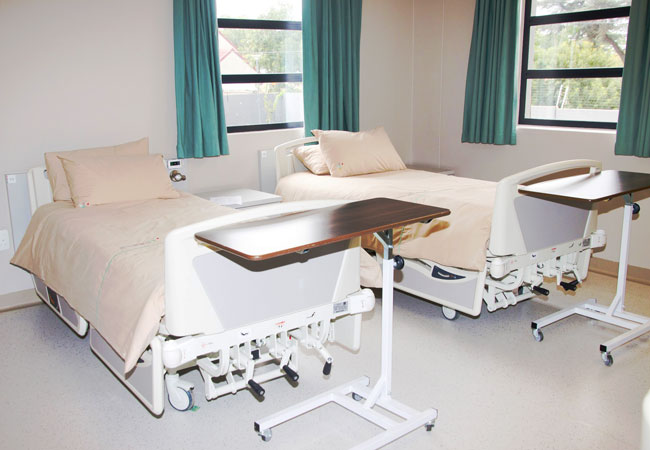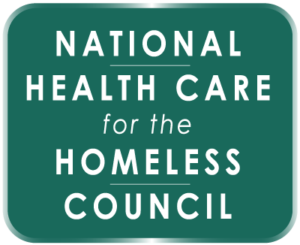NIMRC Insights
Celebrating our two-year anniversary

Over the past two years, the NIMRC team has been actively working with state and federal partners to advance policies that support medical respite care. Local responses to COVID-19 strengthened the connection between homelessness and poor health, and led many jurisdictions to implement alternate care sites, which closely mimic medical respite care programs. The good news is that states and local jurisdictions have now increasingly recognized the longer-term need for medical respite care and are actively looking for opportunities to expand programs and make them financially sustainable.
Accordingly, NIMRC has focused its policy development in two areas: Medicaid funding, and greater partnerships with HRSA-funded health centers and HUD-funded Continuums of Care (CoCs):
Medicaid: States and/or managed care plans are increasingly establishing reimbursements for medical respite care services, which are an important part of sustaining program operations. Likewise, stable program financing controls larger system costs, improves health outcomes, and better meets the needs of vulnerable people. California is in the midst of implementing a statewide benefit for medical respite care, and Washington and Utah have added a statewide benefit into their Medicaid 1115 waiver renewal requests to the federal government. Minnesota and New York are also taking steps toward formalizing a Medicaid benefit, with others actively investigating options.
State Medicaid programs need assistance designing statewide benefits that adequately support MRC. For example, as part of its planning process for a statewide benefit, Washington State contracted with NIMRC to hold listening sessions with key stakeholders and issue a report outlining the key elements of a medical respite care benefit, as well as recommend actions that will help align the implementation with other homeless services providers (such as shelters). This process, along with the report’s recommendations, can serve as a model for other states as they move forward with their own Medicaid payment plans.
Partnerships with health centers and CoCs: MRC programs rely on strong partnerships with community providers, particularly health centers and CoCs. As part of the Framework for an Equitable COVID-19 Homelessness Response, NIMRC conducted listening sessions with medical respite and CoC staff respectively, and published an issue brief that illustrates how they can effectively partner to improve systems of care and better meet the health care needs of people experiencing homelessness. It describes existing service gaps, perspectives from medical respite and CoC program staff, and action steps that can be taken to improve collaborations. As a bonus, the report includes a spotlight on the medical respite-CoC partnership in Yakima, Washington. While all communities are unique in their own way, CoC staff, homeless services providers, MRC program staff, as well as hospital systems and Medicaid payers should use this document as a guide for improving health and housing outcomes.
Health centers are also prime partners for medical respite programs. NIMRC’s newest policy brief describes medical respite care programs, illustrates how health centers can fulfill mission and enhance value to their community by adding a medical respite care program, outlines both the advantages and challenges to such an expansion, and offers steps for health centers to consider. Over the next few years, we’d like to support more health centers to add medical respite care to their scope of service.
Looking ahead at the policy landscape: New federal investments in housing and health care are unlikely in the current political environment—and may even decrease, depending on the outcome of this fall’s mid-term election. Changes in the economy may also increase rates of homelessness. Together, the need for medical respite care programs will only grow—along with the need to establish sustainable funding and effective partnerships. Hence, the best opportunities to advance medical respite care remain at the state and local level.
Three action steps: We remain optimistic about the growing policy opportunities for medical respite care, and encourage the NIMRC community to be active in their advocacy by taking three steps:
- Get funded: Actively engage your state Medicaid leadership, your managed care plan partners, and your state legislative members about the need for a payment mechanism for medical respite care.
- Establish partners: Formalize partnerships with health centers and CoC partners to integrate medical respite care with related services.
- Stand tall and advocate: Recognize that medical respite care is the right thing to do. It’s cost-effective and provides high-quality, dignified care. Powerful institutions that balk at investing/partnering with medical respite should be met with solid information, unwavering determination, and effective advocacy.
Onward we go!



